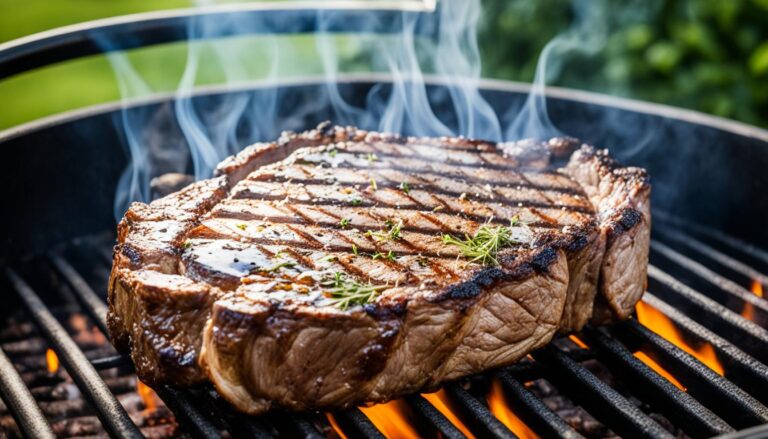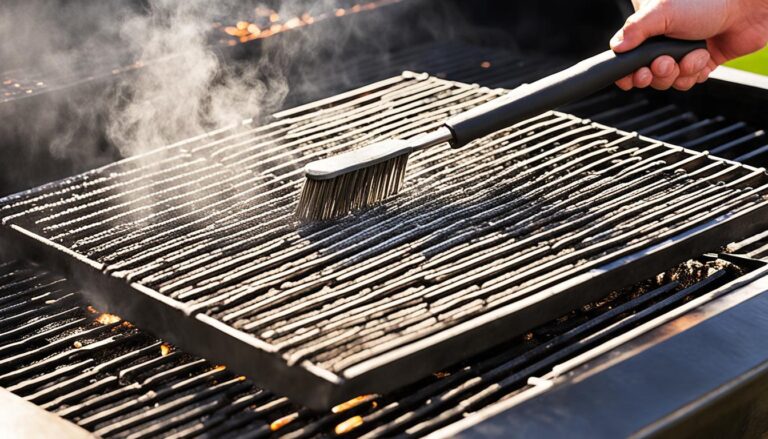how to grill a ribeye steak on a gas grill
Grilling a delicious ribeye steak on your gas grill is a true art that can transform your backyard…

Grilling a delicious ribeye steak on your gas grill is a true art that can transform your backyard…

The sizzle of a juicy steak and the smoky aroma of grilled veggies—there’s nothing like a backyard cookout….

The Tomahawk steak — an elite and impressive cut of beef — has always held a special place…